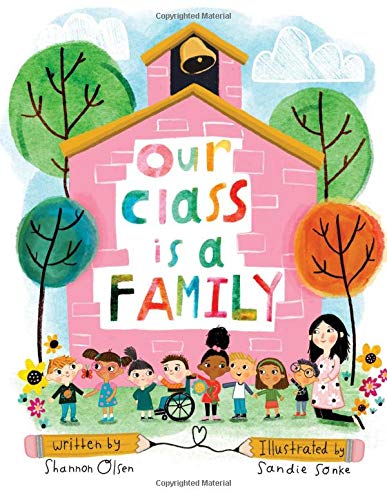 October is the month to shine for cosplayers and Trick-or-Treaters. One of the most popular costumes in the last two decades has been that of No-Face from the movie, Spirited Away. This 2001 fantasy/adventure movie was inspired by the book, The Village Beyond the Mist by Sachiko Kashiwaba. Although the movie draws inspiration from the book, the story and atmosphere vary significantly.
October is the month to shine for cosplayers and Trick-or-Treaters. One of the most popular costumes in the last two decades has been that of No-Face from the movie, Spirited Away. This 2001 fantasy/adventure movie was inspired by the book, The Village Beyond the Mist by Sachiko Kashiwaba. Although the movie draws inspiration from the book, the story and atmosphere vary significantly.
The middle grade novel begins with Lina setting off from home under direction by her father to find Misty Valley. With some effort and a little magic, she arrives at Picotto Hall. She’s told by the proprietor that she must work for her keep. Each week, Lina visits a new shopfront where she is presented with tasks to complete and fantastical people who need help. Any one of the wise and caring characters in The Village Beyond the Mist can serve for costuming inspiration as do the characters in Spirited Away. Continue reading










